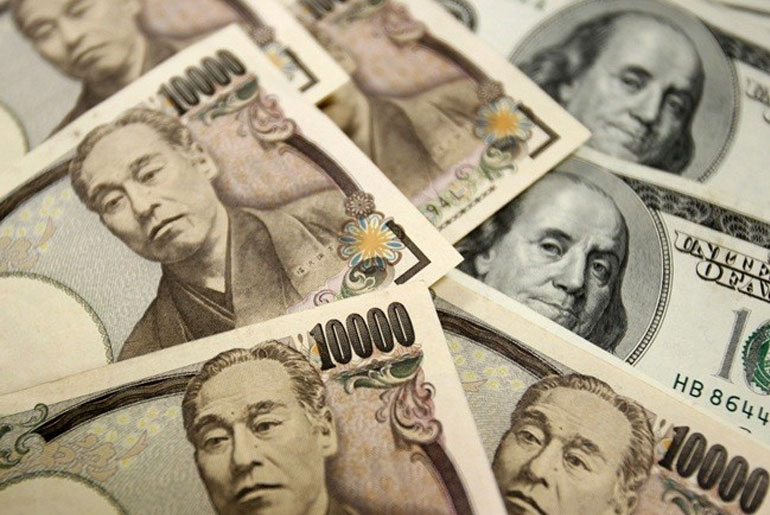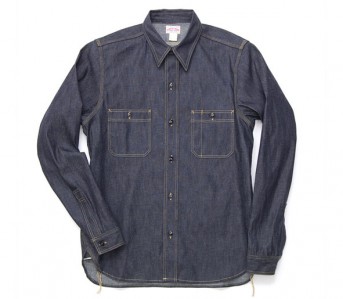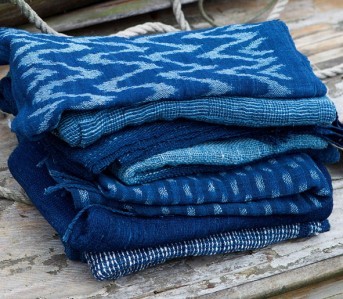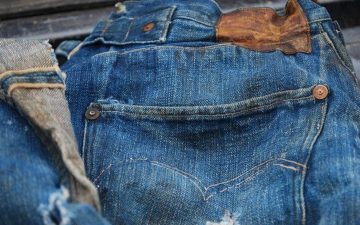There are a number of fluctuating variables affecting the price of raw denim and other high-end casual clothing that may not be immediately obvious. Many brands and shops use vintage looms and sewing machines, which can break down and slow production unpredictably. There are sometimes shortages of materials like cordovan leather.
But probably the most vital factor of them all are currency exchange rates, which are inexorably tied into a market like raw denim. For consumers buying products made domestically, it might seem less relevant, but it matters a great deal if you’re buying from a foreign country like Japan.
The Yen to Dollar Relationship
Nothing affects raw denim quite like the exchange rate from the Japanese Yen (JPY) to US Dollar (USD)–and not just in obvious ways. The yen-dollar exchange rate is typically about 100:1, so a pair of jeans that sell for 20,000 JPY, all things being equal, should cost about $200 USD.
Up until the end of 2012, the Yen had been very strong. That trend led to more expensive Japanese products (including jeans) overseas, especially for American buyers. This isn’t just a bad thing for consumers themselves, but also for the Japanese brands. A weak Dollar means that they earn less money from sales made overseas.
For example, if the Yen was much stronger and the exchange rate was 50 JPY : 1 USD, selling a $200 pair of Japanese jeans in the United States would only net a Japanese company 10,000 JPY. But if the Yen was weaker, say 200 JPY : 1 USD, that $200 sale is now worth 40,000 JPY. Prices usually adjust accordingly, but any exporter is in a better position if their domestic currency is weaker than foreign ones.
Where things get complicated is the fact that Japanese brands like Iron Heart, The Real McCoys, and The Flat Head do most of their business in Japan to start with. Overseas sales usually constituting a relatively small amount of their business so when the Yen is strong, this disincentivizes brands from pursuing more operations overseas because there’s a lower return on their investment.
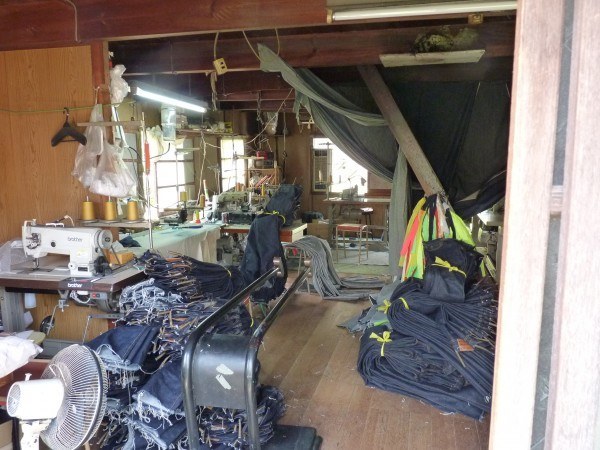
Inside The Flat Head’s workshop in Nagano, Japan.
In broader strokes, this means less motivation to create products that are going to appeal to a specifically overseas clientele (such as large sizes for shirts and jeans, longer hems, and so on). The more profitable it becomes for companies to sell overseas, the more interested they’ll be in promoting themselves and their products outside of Japan.
However, a strong Yen can affect non-Japanese brands as well. While it might seem as though a strong Yen would be beneficial to American, Canadian, or European brands, that’s not necessarily true.
Consider that many prominent raw denim brands like Left Field NYC, 3sixteen, and Rogue Territory use Japanese selvedge denim. High valued Yen makes the purchase of this denim more expensive and can potentially result in higher prices for these brands, even though their products aren’t made in Japan. Indeed, a weak Yen appears to be beneficial to just about everyone involved in denim – from the end-users buying either Japanese or domestic brands, to the companies themselves that produce the products.
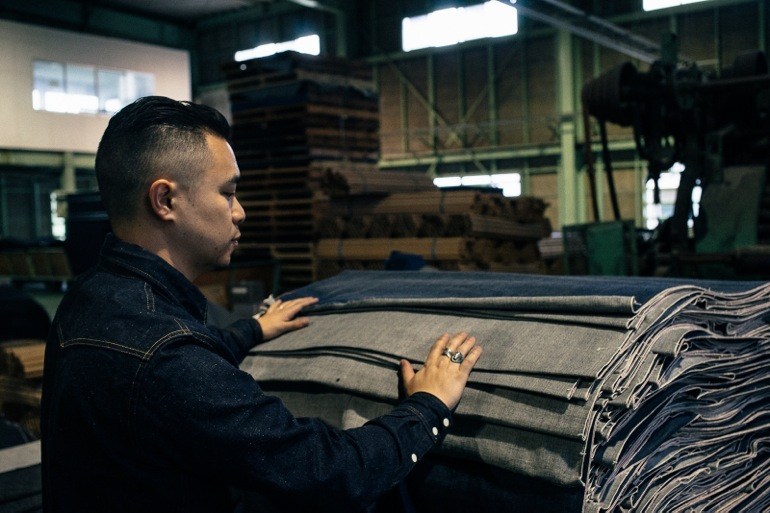
American brand 3sixteen uses Japanese fabric produced at the Kuroki Mill in Okayama.
There is one area, however, that is especially vulnerable to a strong Yen: foreign stores that stock Japanese denim brands. These stores either have to raise their prices to offset the higher wholesale price, or keep their prices the same, and absorb the loss. No matter what, somebody is losing.
These stores play an important role in introducing overseas markets to raw denim, and providing helpful information and resources, such as customer support and sizing charts measured in inches. Their contribution is significant, even if a prospective customer ultimately ends up buying something from Japan instead. Because high-end Japanese denim brands operate on a very slim profit margin due to high wholesale prices (even in Japan), it can be very difficult for overseas retailers to turn a profit when the Yen is strong.
Raw Ingredient Drawbacks
Are there any disadvantages to a weak yen? It benefits the brands, it benefits the stores, and it benefits the customers overseas. However, one very important part of denim production isn’t so fond of a strong US Dollar: cotton. Though some brands are known for using Zimbabwe (and other varieties) of cotton, the vast majority of cotton used by high-end brands still comes from the United States.
Demand for US cotton has steadily increased since late 2013 while output has slowed. Prices have risen to meet the demand–a factor behind price increases across the board–but a strong dollar makes American cotton even more expensive for overseas brands.

A stronger dollar means Texas cotton now comes at a higher price for foreign companies.
The Current Situation
Right now, the US Dollar is extremely strong compared to the Yen and many other global currencies. It’s roughly 120 JPY : 1 USD, which is the strongest the Dollar has been against the Yen since 2007.
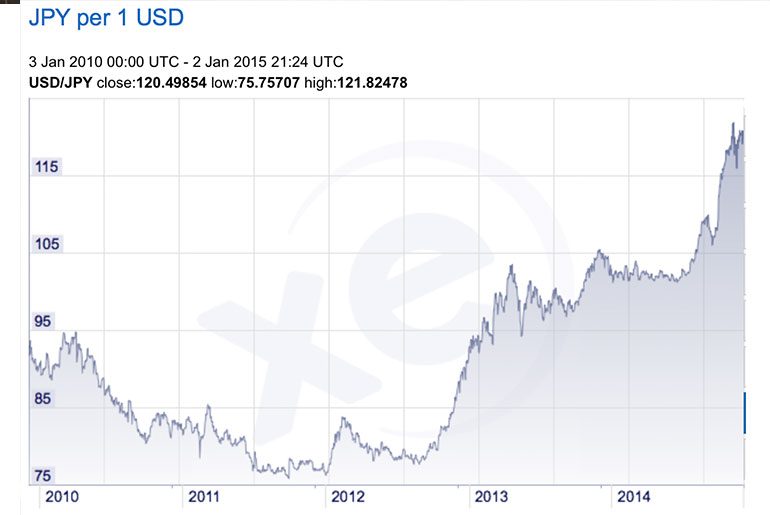
Value of the US Dollar compared to the Japanese Yen over 5 years. Image courtesy: XE Finance
Of course, there are many denim enthusiasts living elsewhere in Asia, or in Europe, and for them a strong Dollar isn’t such an asset. But it might be a boost for raw denim in a largely untapped market. Raw denim is still largely an underground phenomenon in the United States, and partially because of the prohibitive cost involved for newcomers. With lowered prices for overseas brands, American retailers might find more walk-in customers are willing to take the plunge on their first pair of selvedge jeans.
More importantly, though, is the power that American denim fans have as consumers to support their favorite brands (particularly Japanese ones). This is a great opportunity for American denim fans to show Japanese companies–who are often still skeptical of their own international appeal–that they are supported abroad and encourage them to produce products that will be successful in America and beyond.

Almost all of the products available at Self Edge in San Francisco are of Japanese origin.
But it’s not a bad thing for non-Japanese brands either, as many of their fabrics come from Japan. The low value of the Yen might also provide a great opportunity for enterprising brands to develop some original fabrics with Japanese mills, since the exchange rate can help offset the higher cost of making a proprietary fabric. Plus, American retailers of Japanese jeans can increase their stock with a lower wholesale price after the exchange conversion, which is another nice benefit.
Since there’s no telling how long the US Dollar will continue to be strong against the Yen, this is a great time to get into raw denim and take advantage of the exchange rate to get some great jeans–whether they’re from a Japanese brand, or one of the many American and European brands that use Japanese selvedge denim.

